Diving Purpose-Sunk Wrecks
They’re often two camps divided: those who seek out only “real” wrecks, and those who happily dive artificial ones. And yet, the ships served in the same fleets, the same wars — the difference is only fate. Real shipwrecks suffered tragic blows; ships that become artificial reefs are scuttled at a precise moment in a precise location. Those who know these artificial reefs well could argue that they pack these very same thrills — if you just know where to look.
They’re often two camps divided: those who seek out only “real” wrecks, and those who happily dive artificial ones. And yet, the ships served in the same fleets, the same wars — the difference is only fate. Real shipwrecks suffered tragic blows; ships that become artificial reefs are scuttled at a precise moment in a precise location. Those who know these artificial reefs well could argue that they pack these very same thrills — if you just know where to look.
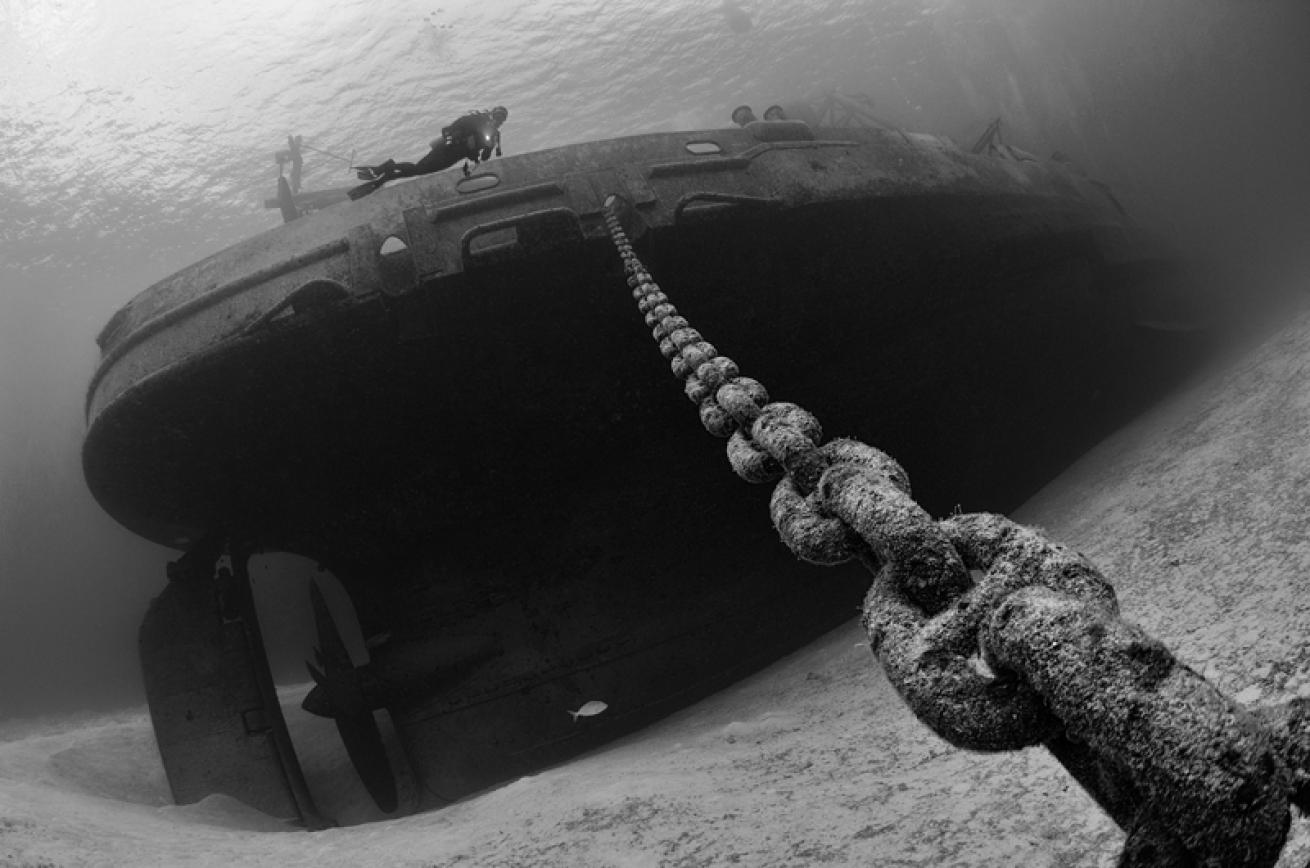
Michael Zeigler
A post on a scuba chat board inspired a hunt: In the days before Rob Maldonado and a friend headed to Grand Cayman for a wreck specialty course, they learned of a commemorative plaque on the Kittiwake placed by a family. A simple request followed: They asked their instructor to see this marker. Turns out, Divetech instructor Ondrej Hindl had never happened upon it. Sponsors who helped finance the sinking had hung small signs throughout the 251-foot long ship — these he knew about. “They’re in cool, funny places. DAN has theirs right next to one of the recompression chambers,” Hindl says. Inspired, the group scoured the ship during the course, eventually finding the target. They wiped it clean and sent a photo to the family, touched by the gesture.
It’s the sort of story the reef was sunk for.
“Kittiwake is at 60 feet,” says Hindl, “So if you do it on nitrox, your deco limit is nothing and you can play there all day.”
When to Go: Grand Cayman offers warm water year-round; seas are calmest April through November.
Operator: Divetech (divetech.com) is a rebreather-friendly technical dive training facility.
Price Tag: The wreck specialty course costs $450 per person and includes academic training and four dives.
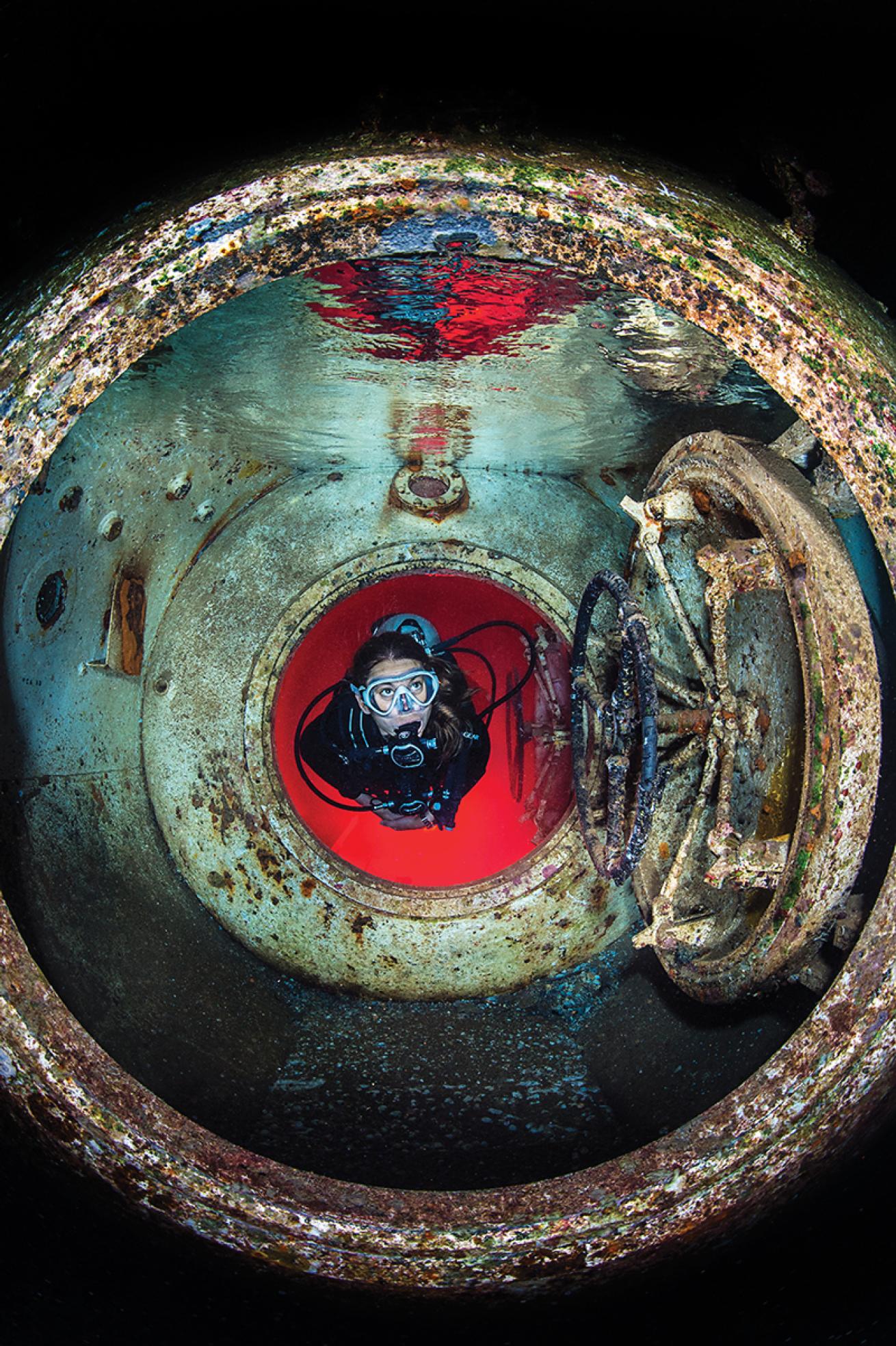
Alexander MustardA diver explores the inner space of Kittiwake's decompression chamber.
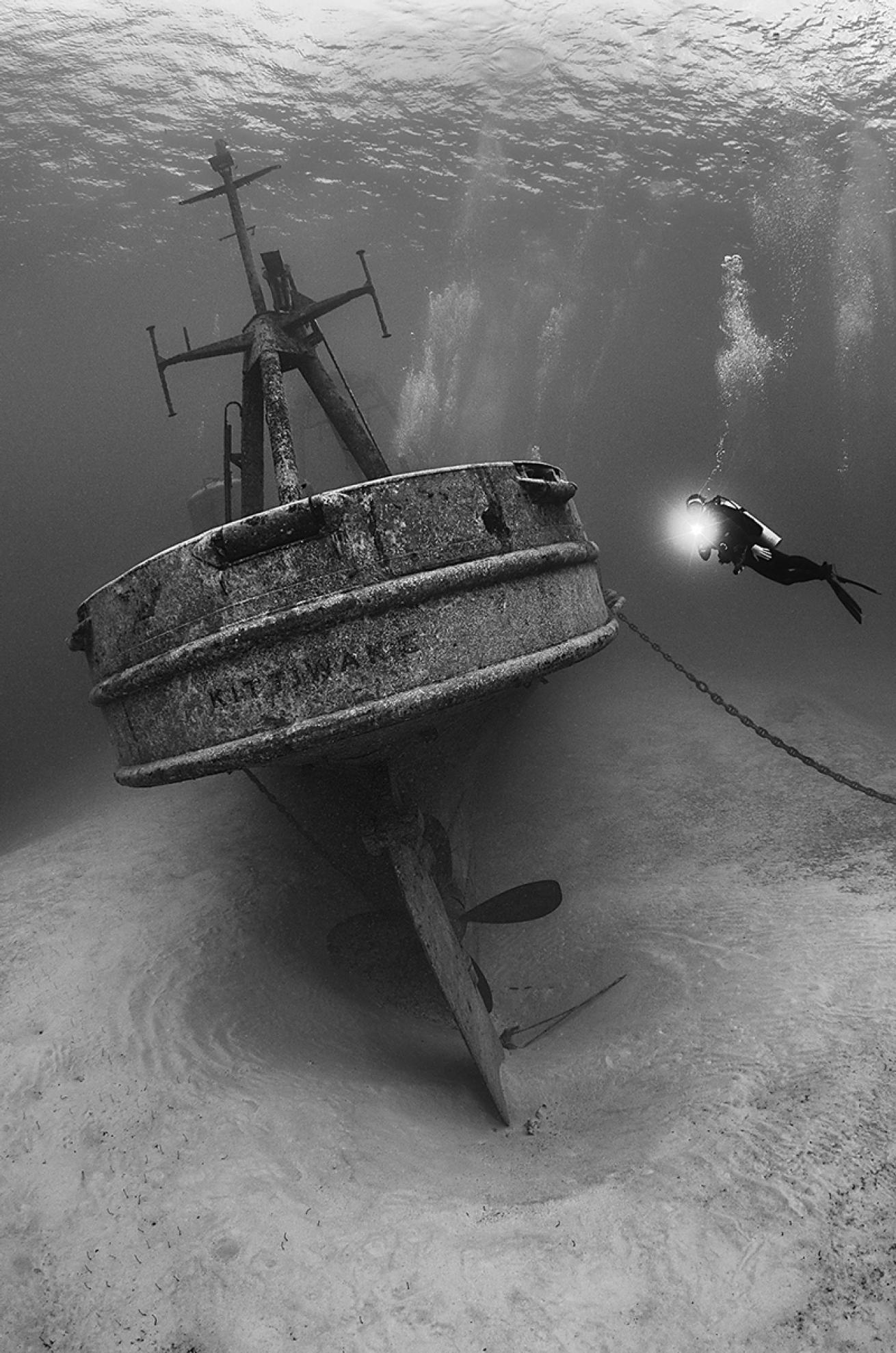
Michael ZeiglerThe Kittiwake's stern. Grand Cayman seas are calmest April through November, making this the best time to dive Kittiwake.
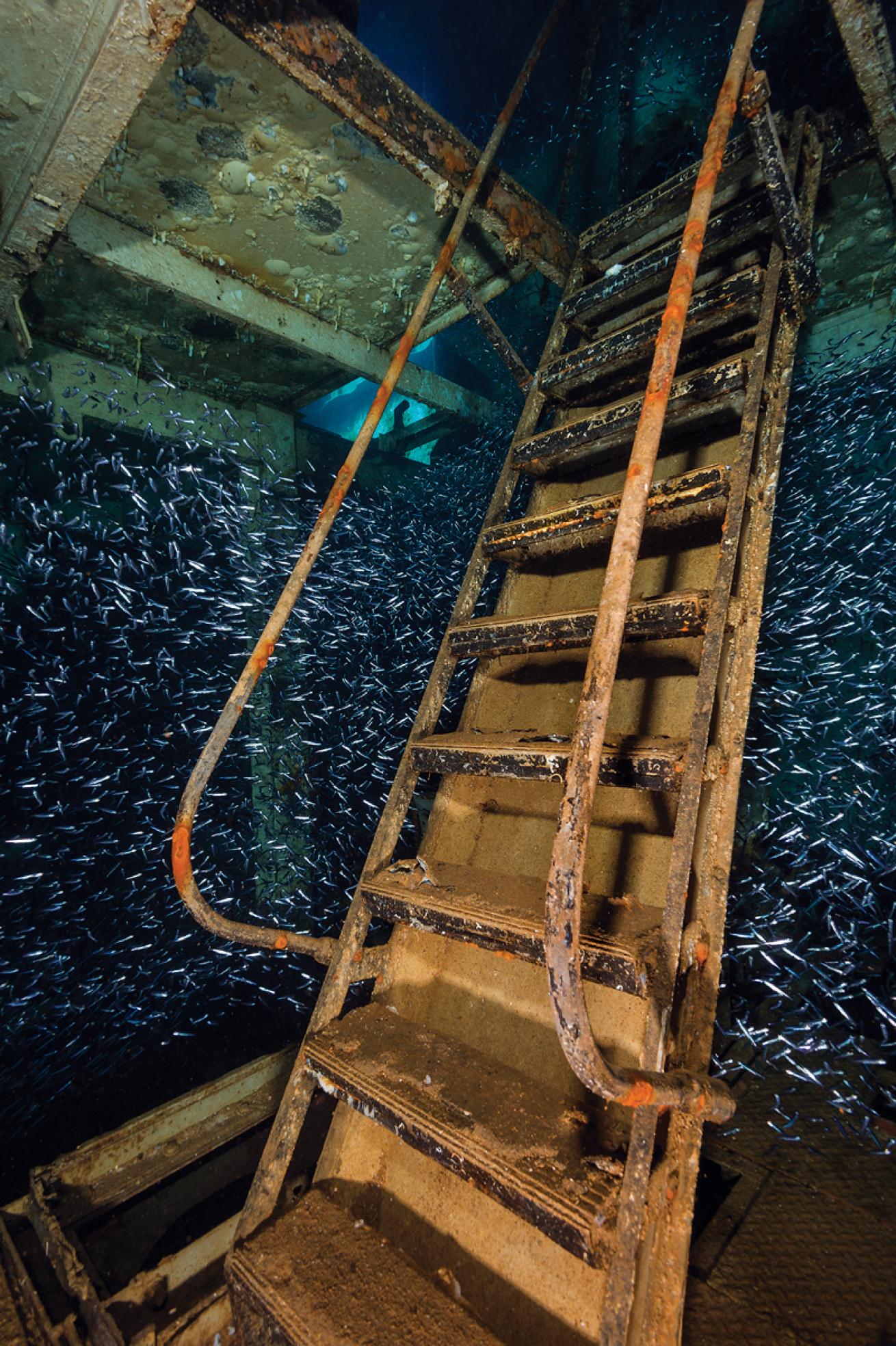
Alexander MustardDivers can explore the silversides in Kittiwake's stairwell.
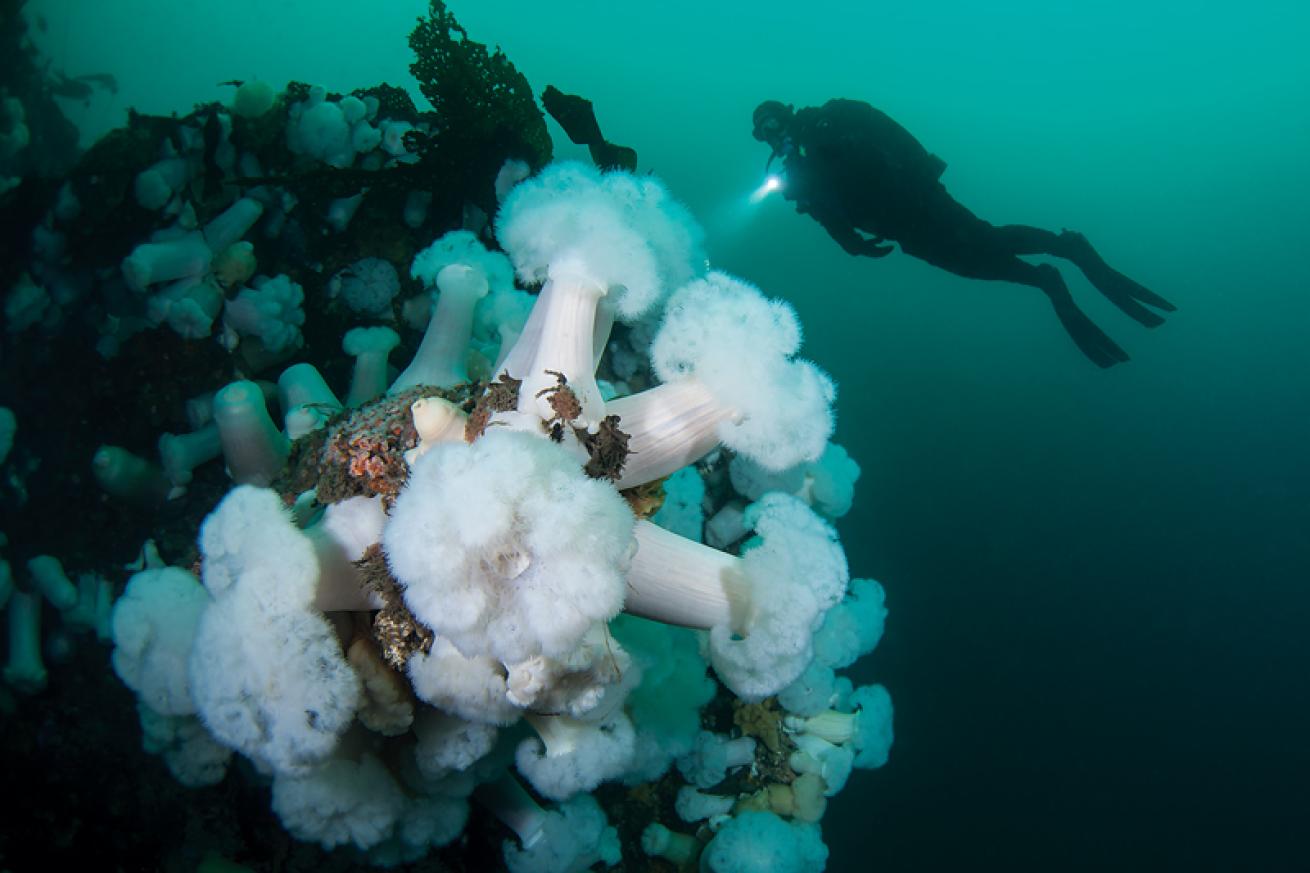
Allison Vitsky Sallmon
“Most people can’t do Burma Road in one dive,” John Flanders, wreck diving instructor trainer, says of the passageway stretching the length of the 366-foot HMCS Yukon, a San Diego-area artificial reef since 2000. Along the corridor, openings offer escape every 10 feet or so, making it friendly for those wanting to gradually test their limits. Off Burma Road lies one of Flanders’ preferred hangouts on the reef: the midsection area formerly containing the guns. His other: the sand under the bow, where two dolphin-shaped cutouts grant a peek through the sponge-covered hull.
Flanders favors this sideways-lying wreck for the same reason many recreational divers may avoid it. “Yukon has colder water — it’s deeper, darker and a little more intense” than many training sites in warmer climes. Lying in Mission Bay, the reef is prone to currents, which can rake you away from the wreck, or “act like a syringe and suck you in.”
It’s the site’s unpredictability that appeals to Flanders, who believes it readies students for the real deal: Natural wrecks tend to lie in areas with unfavorable conditions, which often had a part in their sinking. “I can take someone on their first or hundredth wreck dive and turn it into an educational experience.”
When to Go: Due to its location, the conditions at the site can vary widely, regardless of season.
Operator: Waterhorse Charters offers a custom dive boat making the trek to Wreck Alley, Coronado Island and other San Diego-area sites.
Price tag: Waterhorse charges $129 per person for technical-diver charters.
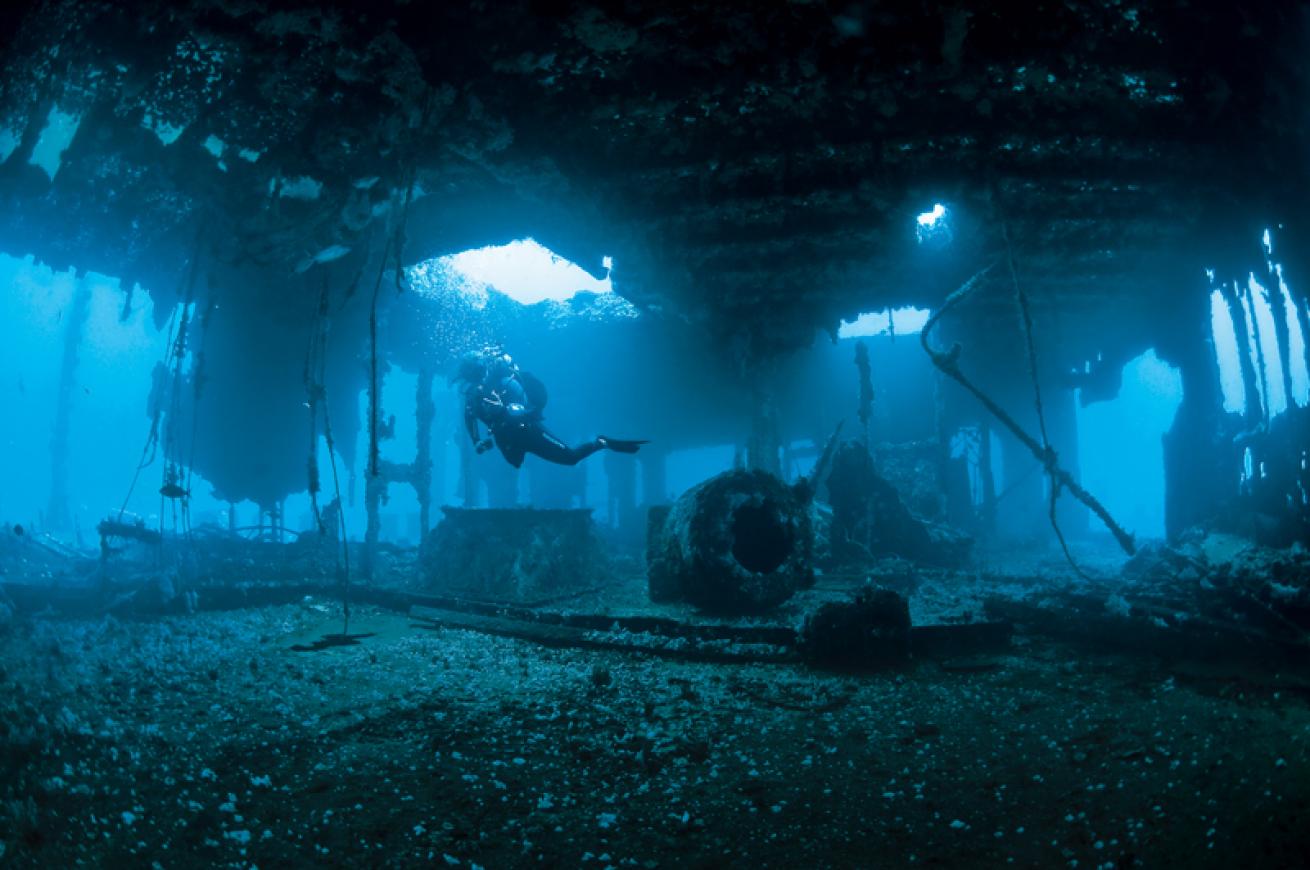
Michael Gerken
“It looks like a dog dug a hole under a dog house — there’s sand on all sides of a black hole on the mysterious third level,” says instructor Tyler Boruff of the Indra, an intact Vietnam landing-craft repair ship, sunk in 1992, 12 miles off the coast of Morehead City, North Carolina. This wreck has long been a proving ground for those learning penetration diving thanks to its many openings, the railing running the perimeter of the first deck, and rooms stuffed with bunks, marine heads and remnants of life aboard.
When Boruff and his diving partner nosed into the tight passageway, “It silted everywhere — a sign that people hadn’t been there often, which is cool,” he says. In nearly complete darkness, he unspooled several reels of line to track their progress. He relished the thought that, around each corner, he might see “something that would change how I feel about diving.”
Turns out, he was about to.
Boruff already knew of the Indra’s holy grail from talks with Captain Bobby Purifoy, owner of Olympus Dive Center. Purifoy had prodded: “’You don’t know the Indra until you’ve seen the safe.’”
The actual discovery gave Boruff goosebumps, a sensation he relives with each retelling. "You're flooded with joy, excitement and adrenaline," Boruff says. "You feel so accomplished to now be a part of a conversation between such a small niche of people. All the hard work pays off in that one moment.
When to Go: July through September, visibility averages between 70 and 90 feet; summer water temperatures stay in the upper 70s.
Operator: Olympus Dive Center offers day charters to Indra, and, for those wanting to learn wreck penetration, an advanced nitrox course.
Price Tag: The advanced nitrox course costs $325; technical gear is required. The minimum number of training dives is four.
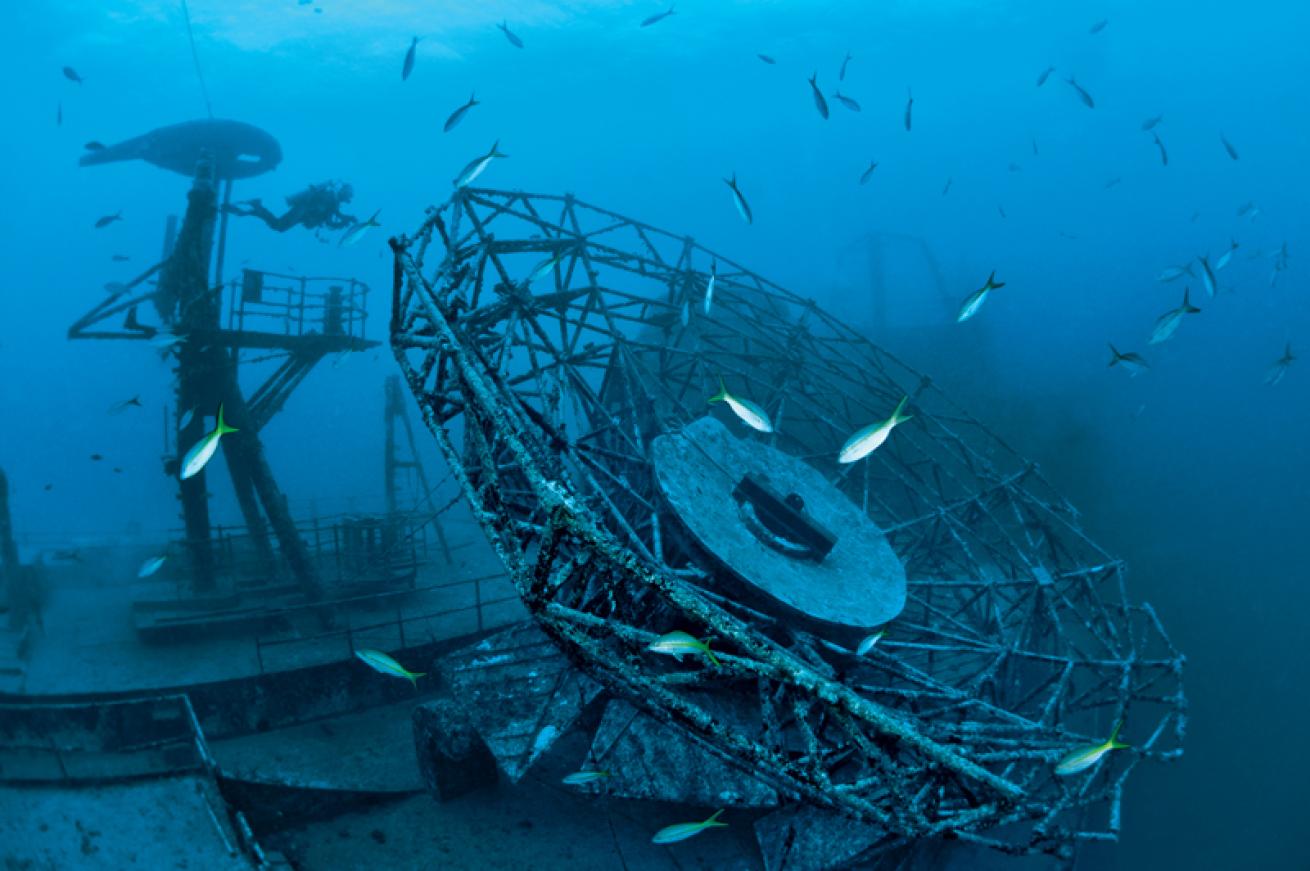
Mathieu Foulquié
“It’s the stuff of Bugs Bunny cartoons,” says Brian Dombrowski of the Vandenberg’s electrical room. The diver of 22 years is so avid about artificial reefs that he maintains a website devoted to the one in his backyard, the USS Mohawk.
On the Vandy, it's the vintage equipment that has him hooked. He describes it as “huge meters and knife switches — the kind with big handles used for electrical chairs.”
Deeper inside the 524-foot wreck sunk in 2009 lies a room full of narrow drawers spilled out every which way; they once held computer punch cards for the now-ancient machinery.
These are a few reasons the telemetry ship remains a favorite among artificial-reef enthusiasts — not just for its size but for its myriad contents. It also offers unparalleled ease of access. A massive, square cargo elevator shaft drops from 95 feet to the bottom at 140, allowing divers to choose among the diveable decks like cake slices stacked in a dessert case.
Regardless of which deck a diver penetrates, he can’t miss the Russian lettering, added when the ship was still afloat in Navy storage, used as a set for the 1999 movie Virus.
“If you don’t know the story,” says Dombrowski, “You’ll wonder what the heck is going on.”
When to Go: Seas are flattest in summer.
Operator: The M.V. Spree, a rebreather-friendly vessel, offers technical diving charters to the Florida Keys.
Price Tag: A four-day technical trek in the Florida Keys costs $1,329 per person and includes eight dives, food and lodging.
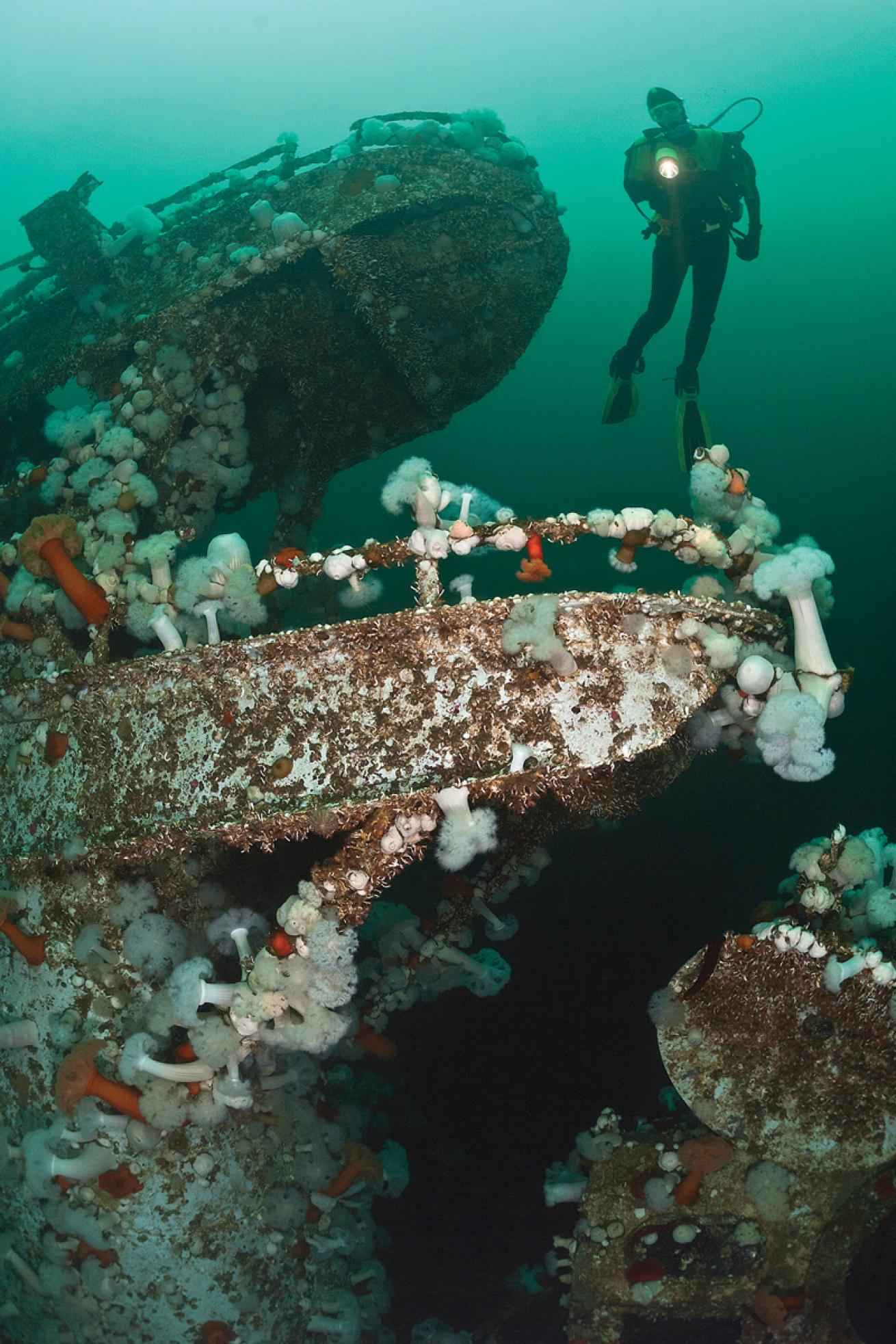
Brandon Cole
When HMCS Saskatchewan, a Mackenzie-class destroyer and sister ship to Yukon, served the Royal Canadian Navy starting in 1963, the threat of atomic bombs pervaded — thus the ship was designed to withstand fallout. If contaminated, a deck would flood. Round-edged walls could be scrubbed clean. The warren of passageways would have allowed the crew access to the entire vessel even when various decks, rooms or corridors had to be cordoned off.
Since 1997, the ship has sat off Snake Island, outside British Columbia’s Nanaimo Harbour, collecting a garden of white plumose anemones on its hull. Sea lions dive-bomb its perimeter.
Those trained to penetrate can target the magazine room, a cramped den once storing shells.
“It seems very out of place — like a telephone exchange room with lots of symmetrical slots,” says John Nunes, technical diving instructor.
Decks four and five contain the former dairy, flour and other supply rooms, strung together like days in a weekly pill box: Drop into each tight quarters one at a time.
It’s the opposite of exploring this ship’s “Burma Road,” another bow-to-stern passageway wide enough that Nunes has cruised through on a scooter.
An exhilarating first, he says. “But it wasn’t fun for anyone behind me.”
When to Go: By September, the plankton bloom has disappeared and the new life born in spring has grown. Anemones are their biggest and most colorful, and the salmon run has begun.
Operator: Sea Dragon Dive Charters welcomes technical divers with room on boat for double tanks. Their divemasters are accustomed to handling various technical gear.
Price tag: The cost of two recreational or technical dives is $109.95 plus tax.
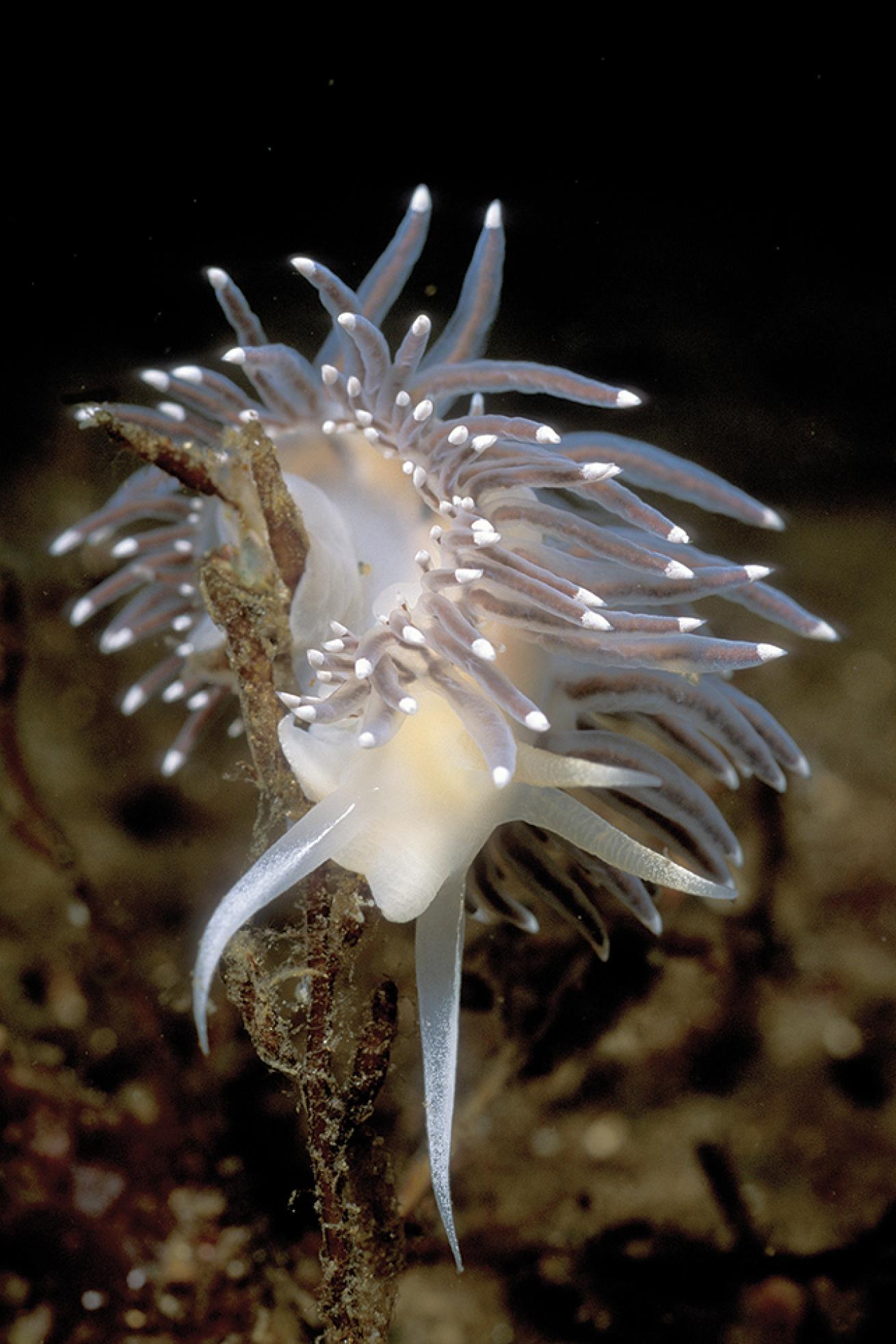
Takako UnoNudibranchs, like this pearly aeolid nudibranch, have climbed aboard the Saskatchewan.
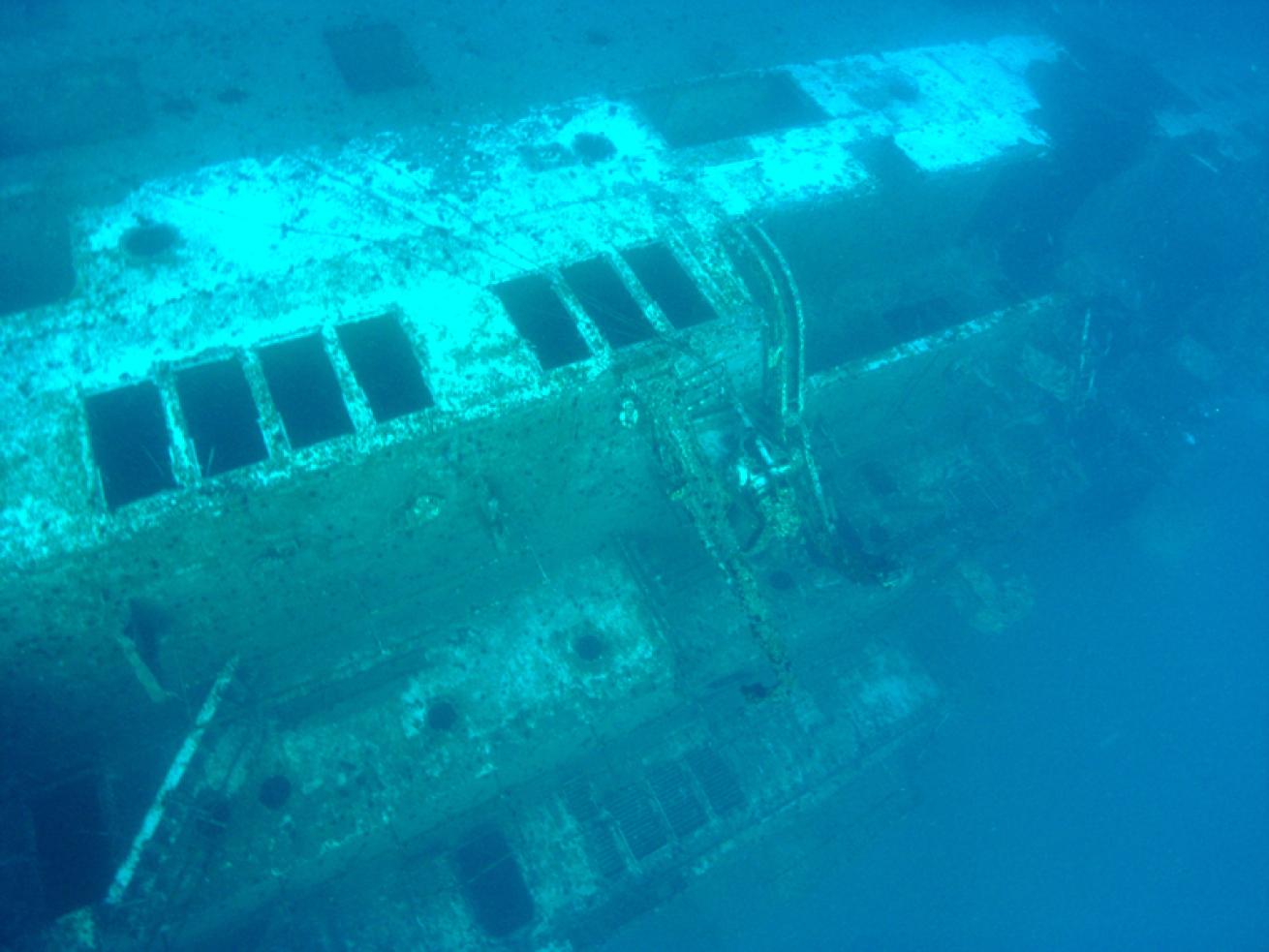
Courtesy American Diving
The bed hand-cranks in the first-class quarters might give pause to those unschooled in the history of this former attack transport vessel. Following WWII, the 473-foot ship was reborn as a transatlantic ocean liner. Men and women were only allowed in cabins of the other gender with beds stashed away — thus the cranks.
For divers, the beds are just one curiosity of this 2007-sunk reef. Those penetrating the officers or “O” deck and the navigation deck will discover tubeworms residing in the heads, the mostly intact brig, and the empty safe.
As for other finds that catch divers off guard, it’s best to keep in mind that all downed vessels are subject to the elements. And while geography plays a role in Gulf storms, known for altering a sunken ship’s depth or position, it’s also a factor in incidents altering the reef’s interior.
“We were penetrating where we had before,” says Captain Tim O’Leary of American Diving, “When we came across a collapsed wall that wasn’t there last time.” Apparently, a shrimp boat had collided with the reef.
Of the run-in, O’Leary says: “We’re on the border, so there’s a lot that people don’t report.”
When to Go: May through October offers the best conditions.
Operator: American Diving offers all levels of technical-diving instruction.
Price Tag: A technical-dive charter costs $250 and includes two dives, breakfast and lunch. Technical divers can join a recreational charter (which costs $175 per person), but should expect to only complete one tech dive.










